Imagine starting your day in the driver’s seat of a beverage delivery truck filled with the day’s deliveries. The 10-ft high, 9-ft wide and nearly 18-ft long trailer starting a route with scheduled stops at convenience stores, grocery stores, restaurants, offices, and bars. Your job as the driver - find each location’s order sheet as you arrive, hope that the order is located in the order of your delivery, load your wheeled cart with the product and walk it into the destination. Get the customer’s signature, sometime the payment, and move onto the next destination.
You arrive at a bar mid-afternoon, a few deliveries remaining as the hot sun is bearing down on you. The bartender invites you to grab a stool and have a cold one. What happens to the remaining orders or inventory onboard once you get up to go (legalities of drinking and driving notwithstanding)?
A different story
This story will take you back to a hardware company, born in Iowa, and whose impact continues to be felt today. Its decades old products continue to be bought and sold on eBay. It stands as a vivid reminder that entrepreneurs here can:
build original hardware in Iowa
hire and grow with local engineering talent
establish or change the industry standards
reach public markets via an IPO
impact the world long after the company is a part of history
accomplish this successfully because it is hard and requires perseverance
Accidental entrepreneurs
Three engineers and a tenacious marketer found each other at Collins Avionics in the 1960s with a vision. They had an idea to jump into the unfolding microchip revolution to and use it in recording data. Engineers, they named their company after two Boolean gates used in circuits - the NOR & the AND - and launched Norand Corporation in 1968. A customer need focused their energy into building a data entry machine.

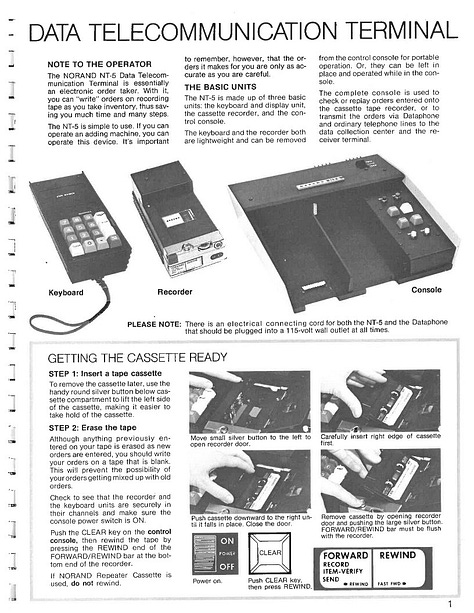

Many pivots and iterations later, the NT-5, a data entry device and NT-9, a data transmitter and printer entered a hungry market in 1970. They’d found the elusive product market fit, and these initial devices were enhanced and customized for a variety of uses in grocery stores, drugstores, and retail.
Their product was a timely arrival just as the food and beverage industry was fighting fraud, pilferage, spoilage, and lack of inventory oversight.
The team developed these devices and simultaneously invested in patents that grew to be worth billions. The patents covered not just the systems and processes but reached as far as protecting the intellectual property they’d developed for batteries within the handheld systems.
Cedar Rapids & its impact
Cedar Rapids remained home for NORAND where engineers mastered the art of squeezing a computer, dot matrix printer, weather resistance, batteries and more. By April 1977, NORAND research and development had squeezed more technology and storage into a truly hand-held form factor, small enough for the delivery driver to carry as he carried kegs into bars, dollies up and down hallways.
The computers received and stored data via keys and bar codes. Precise time stamps available via the computer’s real time clock accurately recorded delivery and order time (and unscheduled breaks!). Rechargeable batteries enhanced the machine’s utility while simultaneously lowering cost of ownership. Drivers and dispatchers could optimize routes, record unscheduled breaks, and manage inventory in motion. The efficiencies brought forward by a $7,000 computer system delivered a better return on investment than originally planned, paying, in some cases, for the system in 6 months or less.
Atlantic bottling company, still a leader in delivering bottled and canned beverages across the state, was one of the earliest customers of this technology, and invested to make it available to all staff - from trucks to the back and front offices.

Expanding the impact…wirelessly
The company could’ve simply milked its patents. Thankfully, they chose instead to continue expanding their expertise. The computers were made more powerful through addition of analog cellular radios to their devices and the engineers continued to look ahead, participating consortia developing Bluetooth and WiFi for future handhelds.
They moved quickly from handhelds to point of sale systems, including the first ever at Pizza Hut. Competitors such as Intermec, NCR, Symbol technologies and others raced to add innovations such as bar codes, retail scanners, UPC, OCR and more in the battle for market share.
As automation accelerated, this Iowa company was both at the forefront of product in the market and helping build a research-driven portfolio and an industry rollup was inevitable. A surprising suitor arose in Pioneer Hi-Bred who was purchasing so many handhelds for use in field research and sales that acquiring Norand became an attractive proposition for them. Pioneer, for the first time in its history, sought debt and purchased Norand in 1976 (corrected 3/11/25-TD). Though this provided financial gains to NORAND employees, it came at a heavy cost and consternation for Pioneer employees who saw their profit-sharing income drop over the subsequent years.
The road to an IPO
Pioneer sold the company in a leveraged buyout led by DLJ Sprout group. The investment was led by Bob Hammer who became President and CEO of NORAND corporation. Hammer remained in this role through Pioneer's divestiture and the sale of the company to Intermec Technologies in 1988 (corrected 3/11/25-TD). The 1993 public offering marked a significant milestone for one of the few technology companies originating in Iowa, resulting in a notable financial windfall and security for many early employees.
Despite the financial windfall, the CEO and employees maintained their strong work ethic and technological ethos. Ever the consummate salesman, Bob continued to walk the factory floor frequently. He chose to spend any available time with the sales teams, challenging the sales teams to beat his record. However, it wouldn’t be enough to save the company. Now under public ownership and subject to the scrutiny of the market, instances of embezzlement and subsequent cash runs led to the stock’s fall from grace in 1995, resulting in inevitable layoffs.
Though the stock and company were ultimately saved by a customer’s intervention, the market had irreversibly changed. In 1997, the company was acquired by Intermec Technologies. While its entrepreneurial spirit continued to allow it to participate in standards-based data, protocols, compilers, chips and connectivity, employee morale began to dwindle. It appears that the entrepreneurial energy clashed with a corporate mindset and structure enforced by Intermec senior management.
The Third Incarnation
Early 1998 records at the Iowa Secretary of State reveal the company’s next incarnation. Intermec Technologies of Washington, formed in two years prior to Norand in 1966, and also an inventor of many supply-chain technologies set its eyes on Norand. It rolled up Norand and created formidable strength for itself in the market. The resulting company’s automatic data collection capability was enviable.
I once heard Dan Houston, executive chairman of Principal Financial Group say:
In any acquisition you can get two of the three key variables wrong - culture, strategy, or money. But if you get culture wrong, disaster is certain to follow
Intermec and NORAND’s cultures were like gasoline mixing with a flamethrower. The acquisition was fraught from the beginning even as the engineering teams produced significant innovation including integration of Lithium-Ion batteries into handheld computers. The marriage was on shaky ground.
The People
My stories so far have led with people so you might be wondering what’s with the company history. Who were the founders? Who remembers these stories and what have they done since NORAND? What did some of them accomplish?
I found the story and the storyteller in Mike Colwell.
Mike started at NORAND in 1984, not quite in the company’s formative years but certainly in the critical time period of commercial viability. Rick Terrell, Ryan White, Paul Beard, Craig Miller, and Craig McDermott were among many of his early colleagues whose advice and impact continues to impact our community today. Rick’s fingerprints are also on the original Apple iPod. Paul, affectionately labeled “the Father of Spread Spectrum”, honed his skills in radio controls and built solid state gyroscopes for use in RC helicopters amongst his many patents since.
Mike was hired onto the automatic data capture team. Programming in proprietary Macro Assembler language he’d write out code and ‘test’ it by playing computer, executing one instruction after another in his head until reasonably satisfied the code was ready for a compiler. Successfully compiled code would eventually make its way on to hardware EEPROMs for the handheld computers.
This is the era when you couldn’t just source and compile modules developed by others. Mike and peers had to learn synchronous and asynchronous telecommunications, Ethernet, and protocol conversions while also learning more about the product and how it connected with and served the company’s customers. Mike, the consummate student of marketing was recognized by Intermec in 2004 and pulled to headquarters in Washington.
The clash of cultures at Intermec I referenced earlier ensured the move was short-lived. Mike was invited to leave within two years amongst his new peers. With financial independence secured in the IPO and subsequent years of living responsibly, Mike returned to the Des Moines area searching for the next stage in life.
The Diaspora effect
Mike’s impact on the Iowa’s entrepreneurial communities is a chapter in and of itself, one I’ll address separately later. But the lucky break for the community came when Mary Bontrager at the Greater Des Moines Partnership saw the value in building something different. The Business Innovation Zone was born in the Partnership, ready to challenge and grow new entrepreneurial talent and programs in the community.
Mike brought a part of the culture to this endeavor. Just as his peers were team builders and not prima donnas, just as they were productive in innovation, precise in projection, and unwavering in quality, the entrepreneurs who flourished with Mike’s counsel embodied these very values. I have had a front row seat with and am proud to know many of those wildly successful entrepreneurs - and know enough about them to know that they’d be mortified if I named them here. Secretly, I know, and they don’t that there are entire stories planned for many of them in subsequent weeks.
So, what of NORAND, Intermec and others
Intermec’s expansion, contraction, and growth continued amidst the inevitable patent claims and lawsuits. The patents, some of which were issued to NORAND, were licensed by products and companies using automated identification, data capture, barcode scanners, mobile computers, RFID systems, voice recognition and more. Its trajectory as a publicly traded company came to an end when it was acquired by Honeywell International for $600 million on September 17, 2013.
The hard thing about hard(ware) things
Hardware is hard and building hardware companies is even harder. It requires a healthy dose of hard work, luck, and timing. Industry consolidations in successful lines of business are inevitable and entrepreneurs must time their exit, not fall in love with their product or technology such that they miss the growth curve. A nearly sixty-year history of a hardware company that created a market, solving customer problems through product innovations, and persisting through financial famine and windfalls is remarkable.
And it started in Cedar Rapids, Iowa.
Pioneer Hi-Bred International, Inc. -- Company History
Pioneer Hi-Bred Employee Notes
Bob Hammer Forbes Profile, Sep 2009
Des Moines Business Record - Feb 2007
I am a proud member of the Iowa Startup Collective, a group of writers exploring entrepreneurship across Iowa. Click the link above to checkout my peers’ work

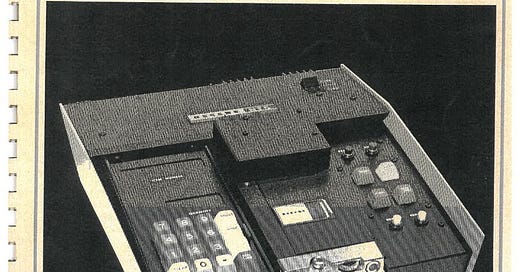



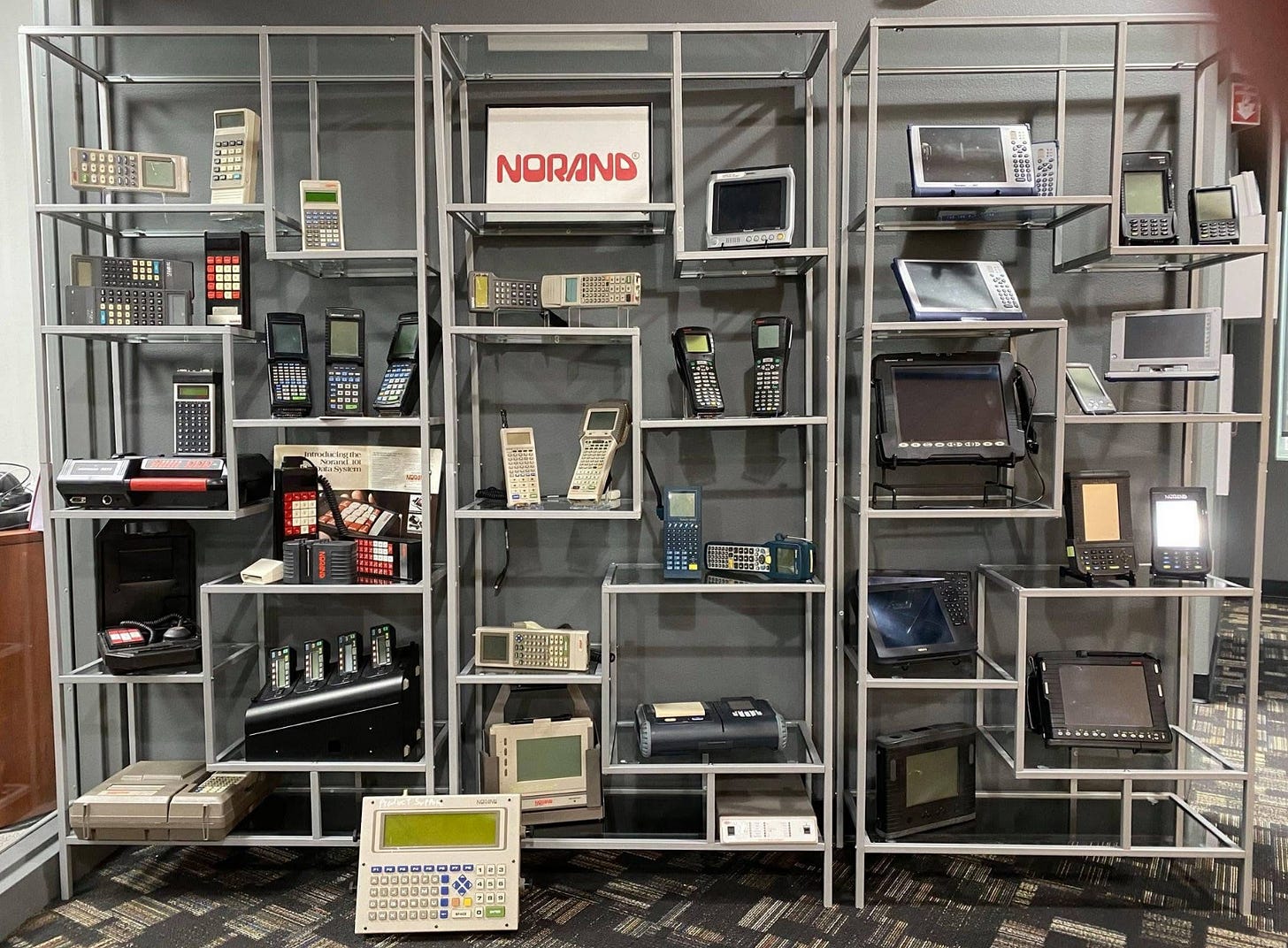
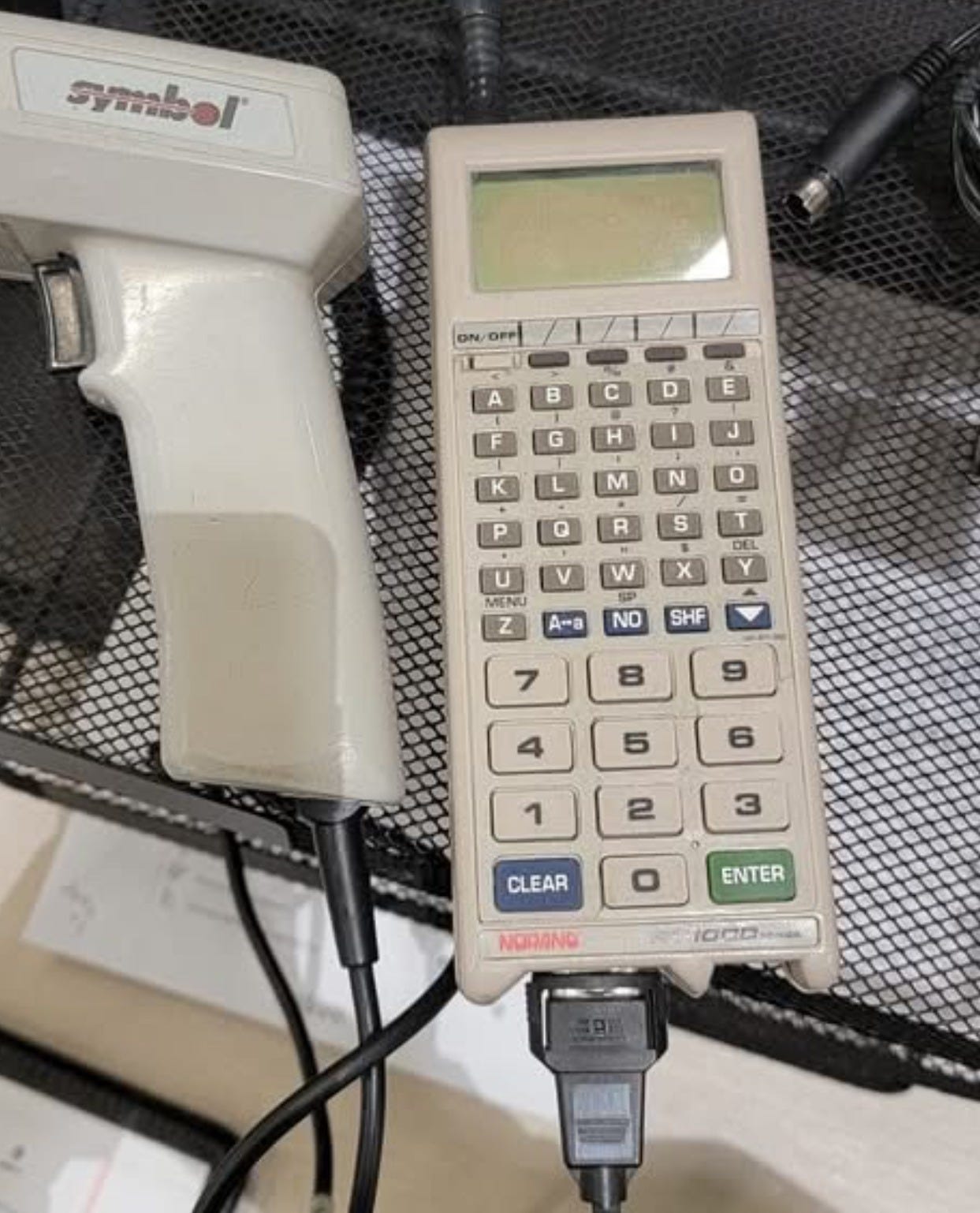

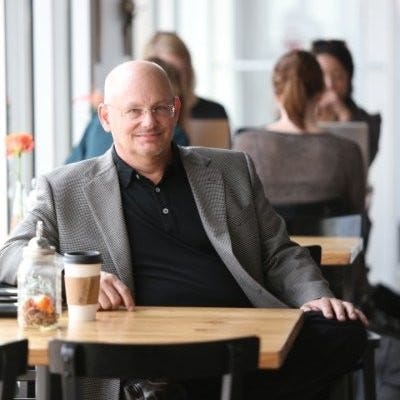
This was a very cool company and a great example of Iowa values intersecting with great technology. I did a summer internship there in 1984 after my sophomore year at Iowa State and then wrote a reservation system for the Iowa State Tea Room on campus as they had implemented the Norand platform into their student restaurant program.
A terrific read. I had the pleasure of sitting in on Startup Stories with Mike Colwell in years past, but I did not have the history at the time. Your story really adds some detail. Thank you!